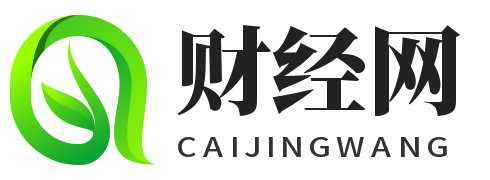国际期货英文(国际期货价格)
International Futures: A Comprehensive Guide
Introduction:
International futures trading plays a significant role in the global financial market. This article aims to provide a detailed and comprehensive overview of international futures, covering its definition, functions, and key players. Additionally, we will explore the benefits and risks associated with this form of trading.

Definition:
International futures refer to standardized contracts that facilitate the buying or selling of commodities, currencies, or other financial instruments at a predetermined price and date. These contracts are traded on regulated exchanges, ensuring transparency and minimizing counterparty risk.
Functions:
1. Hedging: International futures enable individuals and businesses to hedge against price fluctuations. For example, a farmer may enter into a futures contract to sell their crops at a predetermined price, protecting themselves from potential losses due to market volatility.
2. Speculation: Traders can speculate on the future price movements of various assets through international futures trading. By analyzing market trends and utilizing technical indicators, speculators aim to profit from price differentials.
3. Arbitrage: International futures markets provide opportunities for arbitrage, where traders exploit price discrepancies between related contracts or markets. This helps maintain efficient pricing across different exchanges and enhances market liquidity.
Key Players:
1. Exchanges: Major international futures exchanges include the Chicago Mercantile Exchange (CME Group), Intercontinental Exchange (ICE), and Eurex. These exchanges provide a platform for trading various futures contracts, ensuring fair and orderly transactions.
2. Clearinghouses: Clearinghouses act as intermediaries between buyers and sellers in international futures trading. They guarantee the performance of futures contracts and mitigate counterparty risk. Prominent clearinghouses include the Options Clearing Corporation (OCC) and LCH.Clearnet.
3. Market Participants: Participants in international futures trading range from individual retail traders to institutional investors. These include commodity producers, financial institutions, hedge funds, and individual speculators.
Benefits:
- Risk management: International futures enable participants to manage and mitigate price risks associated with commodities, currencies, and financial instruments.
- Liquidity: The active nature of international futures markets ensures high liquidity, allowing for efficient trading and price discovery.
- Diversification: Futures trading provides access to a wide range of asset classes, allowing investors to diversify their portfolios and spread risk.
Risks:
- Price volatility: International futures markets can be subject to significant price fluctuations, which may lead to financial losses if not managed properly.
- Leverage: Trading futures involves the use of leverage, amplifying both potential profits and losses. Traders must exercise caution and employ risk management strategies.
- Regulatory risks: Changes in regulations or government policies can impact the functioning of international futures markets, affecting trading conditions and contract specifications.
Conclusion:
International futures trading serves as an important tool for risk management, speculation, and arbitrage in the global financial market. Understanding the definition, functions, key players, benefits, and risks associated with international futures is crucial for individuals and businesses looking to participate in this dynamic and rewarding market.





